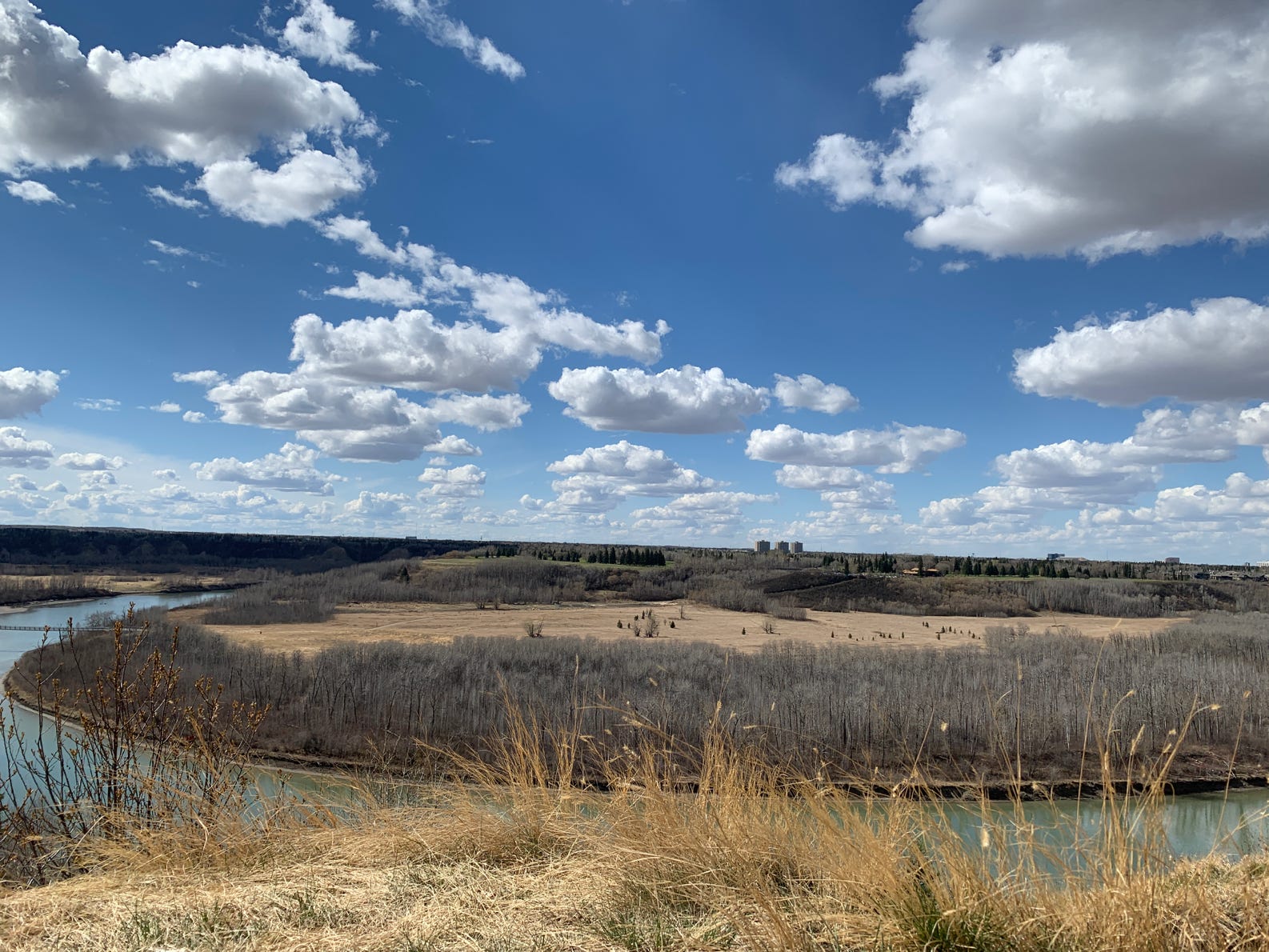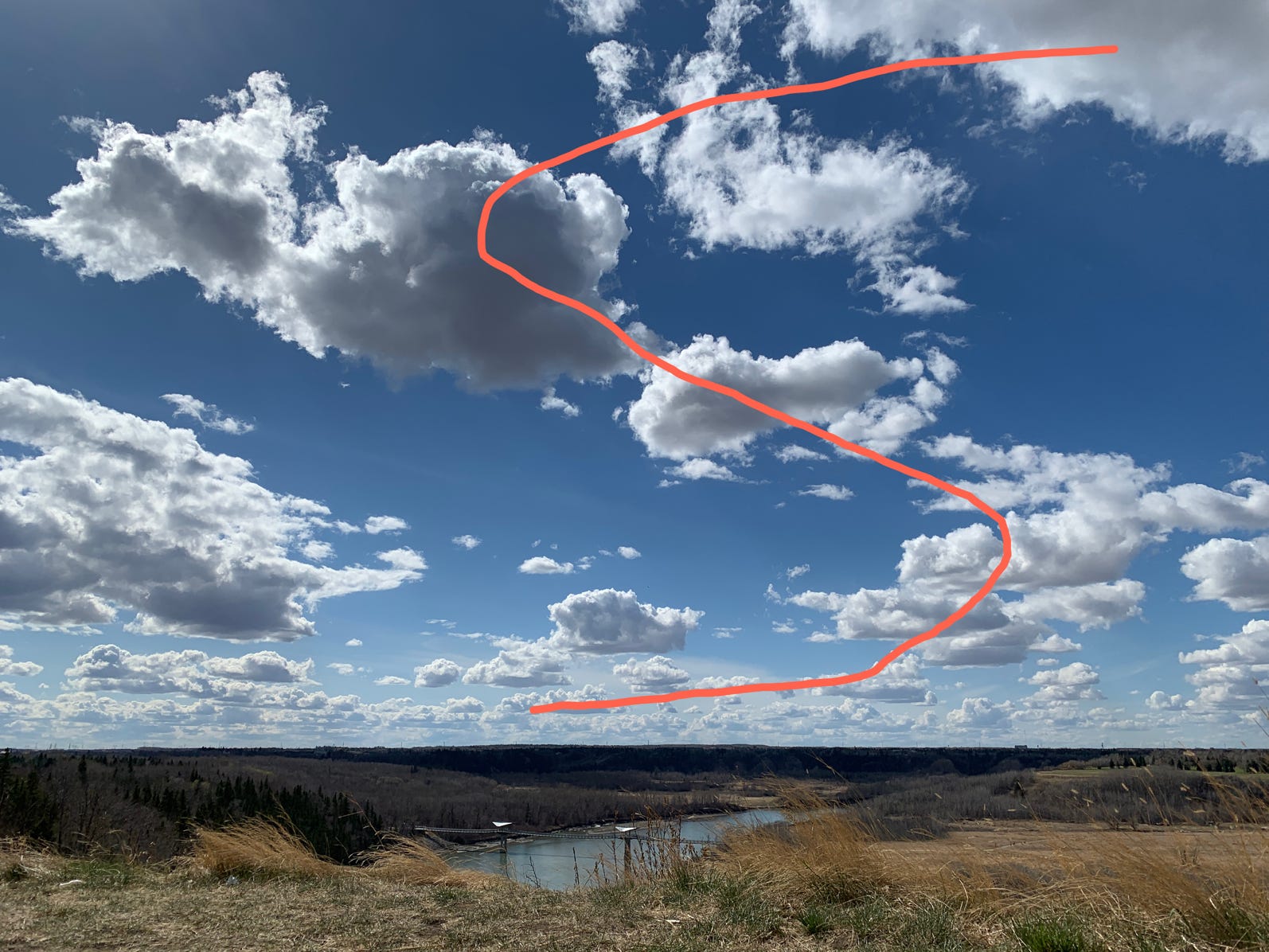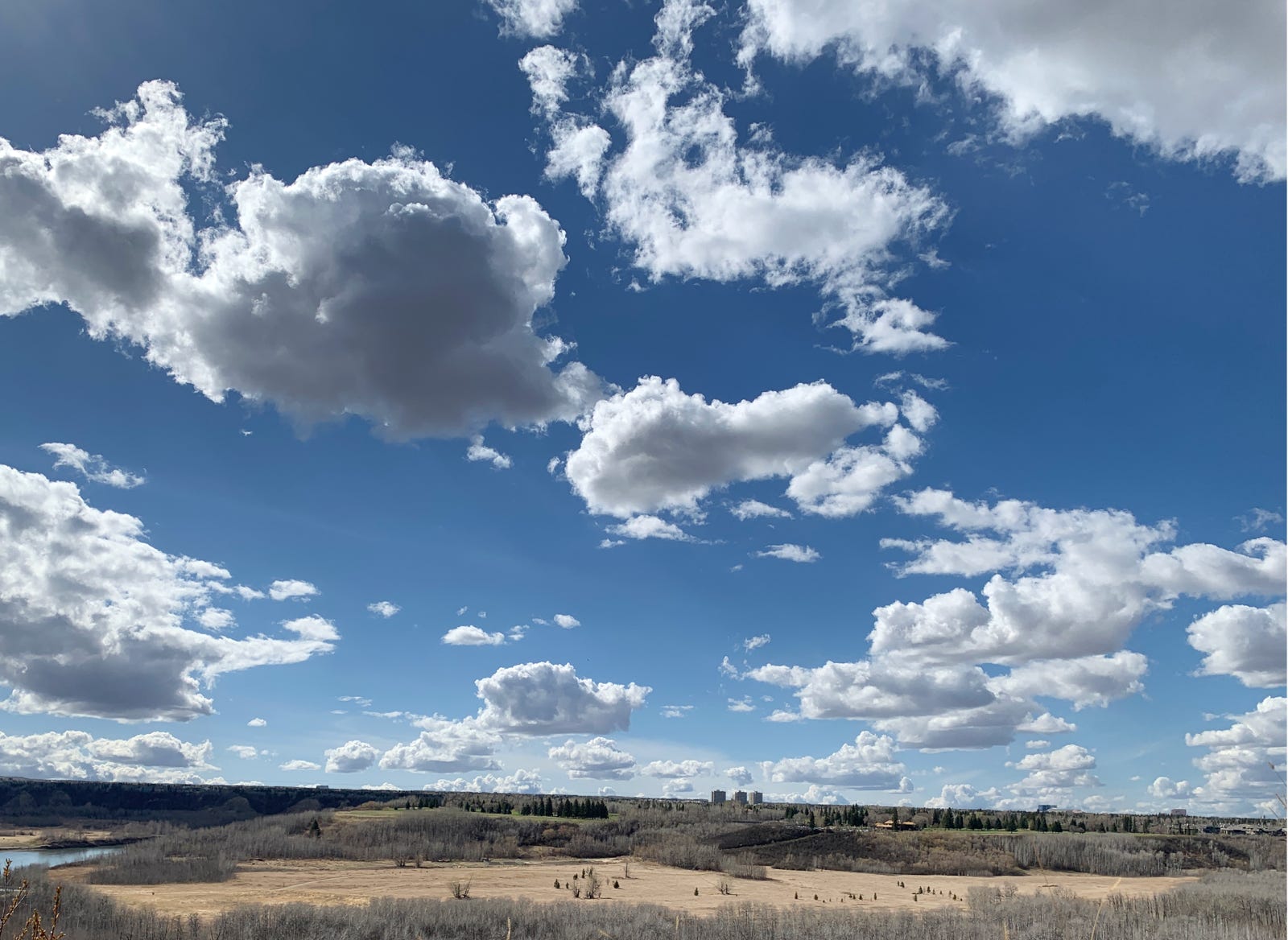Figure 1 North Saskatchewan River surrounding the Oleskiw plains
While admiring the view and making a mental note of how I was going to paint the scene, turning my gaze a bit to the left,I noticed the sky above the adjoining Terwillegar park. Nature had provided me with a perfect composition of the clouds in the sky that created a stunning “S” shaped composition (fig 2). This cloud formation, If married to the land mass in fig 1, would result in a terrific painting. A few more picture of the clouds and I headed home all excited.
This combination gives a tremendous sense of depth to the picture. The shapes and the sizes of the clouds getting smaller in size, decreased in contrast and detail as they extend from the zenith to the horizon creates an illusion of depth (geometric perspective). The colour of the sky altering from deep blue to turquoise and then to vary pale blue from the zenith to the horizon also augments the sense of distance (atmospheric perspective). All I now had to do was provide some atmospheric perspective to the land mass by making the far edge of the land mass have less contrast, make the edges of the objects fuzzy and the colours less vibrant. I also decided to use my artistic licence to eliminate the buildings at the far edge.
The finished painting “Sky Over Terwillegar Park”
In summary, the principles of both the geometric and atmospheric perspectives have beed utilized to provided sense of depth or distance and a three dimension look to a two dimensional image. Hope you enjoyed it.
If you find this informative. Subscribe to my newsletter by emailing your intent to me.
As always would love your comments and your opinions regarding the blog and answering any questions you may have. What other art related topics would you like me to tackle? Just drop me an email. If you enjoy this blog, please forward it to your friends and contacts.
Thank you for following.
Mohamed Hirji




